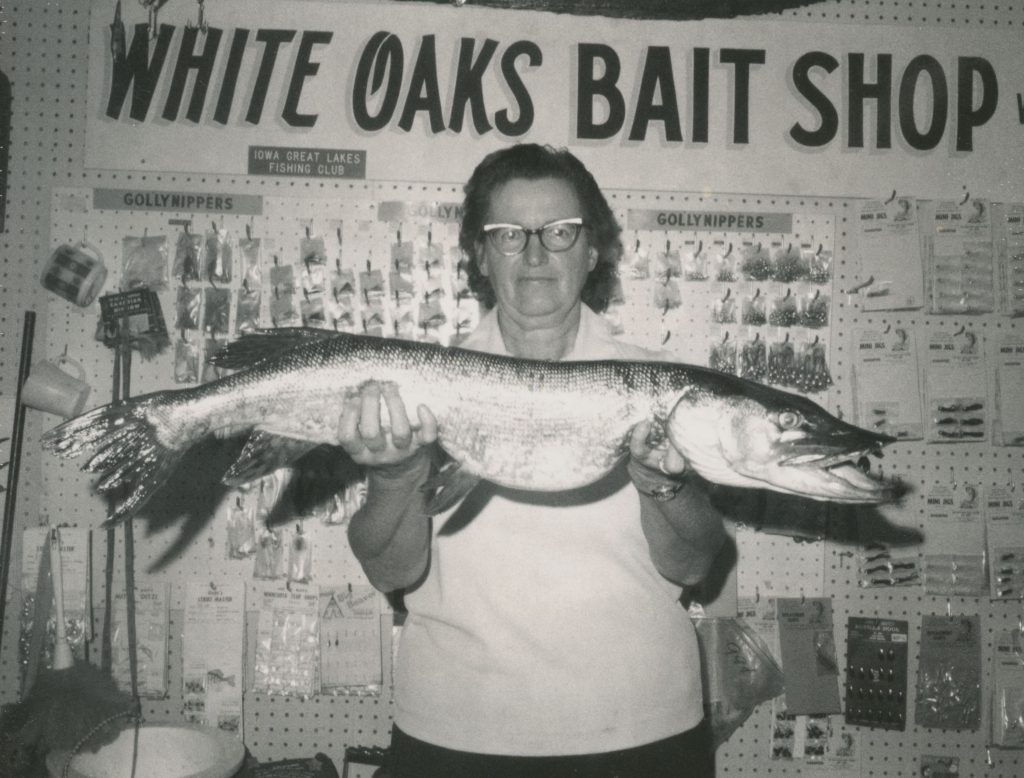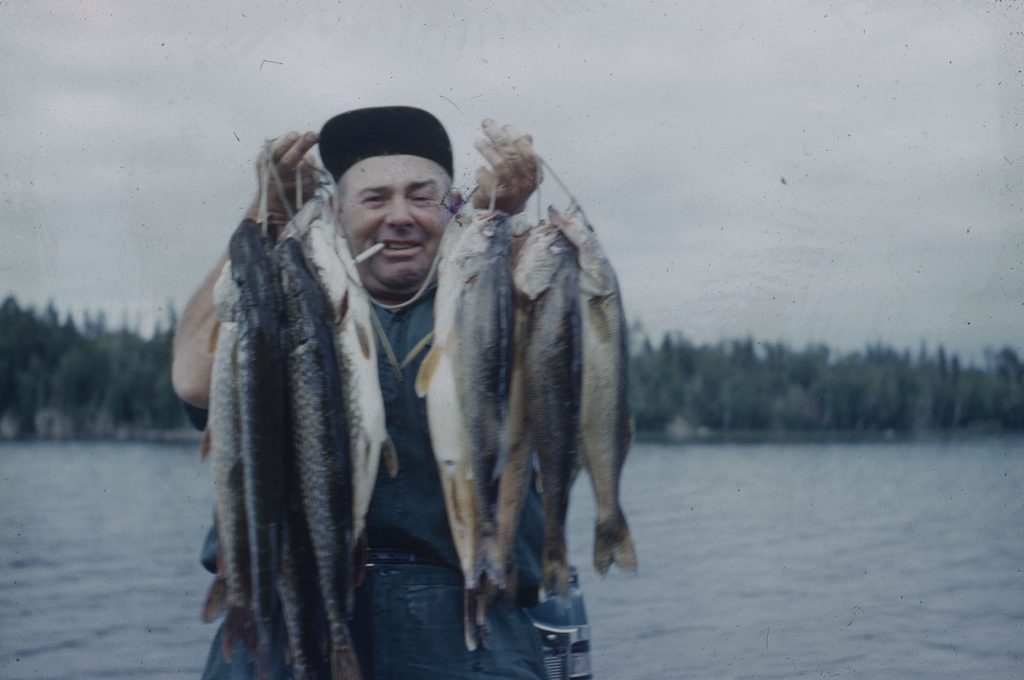
How Safe Is It to Consume Fish from Iowa Waterways?
The state of Iowa has a complicated relationship with fishing. On one hand, the state’s Department of Natural Resources encourages fishing, with weekly online reports of Iowa’s Fishing Hotspots, and subscription offers to its quarterly Iowa Outdoors magazine. Its website offers an interactive Fishing Atlas “that shows contours for 200 county and state lakes along with 1,500 fish structure locations.”
And IDNR provides a guide for the entire process of fishing, from “Hookin’ to Cookin’,” as it says.
The Iowa Department of Health encourages fish consumption, noting “Everyone is encouraged to include fish in their diet, including women and young children. The Iowa Department of Public Health (IDPH) and several national health organizations recommend that people of all ages eat fish a minimum of twice per week to achieve optimal health benefits. Pregnant women should eat fish to ensure proper fetal development. Eating fish may protect against a variety of diseases and illnesses in adults, such as cancer, cardiovascular disease, dementia, diabetes, depression, rheumatoid arthritis, psoriasis, prostate cancer, stroke and autoimmune disease.”
Yet, the recommendations from the state encouraging fish consumption are somewhat contradictory because the state also warns that wild caught fish may have contaminants.
“For the case of fish caught in Iowa lakes and rivers, the IDPH and IDNR protocol evaluates the levels of chemicals in fish and as a result these agencies may post consumption advisories recommending limiting the consumption of certain types of fish from specific water bodies,” the IDPH reports.
“If a consumption advisory is posted, the recommendation may include eating only one meal per week of a specific type of fish from a specified water body, or avoiding consumption of a specific type of fish from a specified water body altogether.”
Pregnant women, who are recommended to each fish “to ensure proper fetal development” are also cautioned to limit their consumption to one meal per week of “larger size predator fish, such as walleye or bass” because they may have higher concentrations of mercury. Women planning to be pregnant and children 12 years and younger are also cautioned on the consumption of certain fish, and fish from some bodies of water.

Iowa’s Fish Tissue Monitoring Program
Since 1977, the Iowa Department of Natural Resources (IDNR) and the State Hygienic Laboratory (SHL) have sampled and analyzed fish in Iowa lakes and rivers for toxic contaminants. Since 2014, that program has been named the Iowa Fish Tissue Monitoring Program (IFTMP), administered by the IDNR and conducted by the SHL.
Yet, there are shortcomings in the state’s fish tissue monitoring program: “Most status sites on rivers and lakes have either never been sampled or have not been sampled within the last five years (rivers) or 10 years (lakes),” there are only 10-15 statewide trend sites, and random testing has been discontinued.
Moreover, the state analyzes fish tissue for only five potential contaminants: “Analyses for chlordane, DDE, dieldrin, PCBs, and mercury are conducted on samples of omnivorous bottom-dwelling fish and mercury analysis is conducted on carnivorous predator fish.”
The Potential Contaminates Tested in Iowa
Chlordane is a pesticide, banned in the U.S. in 1988.
DDE is a metabolite/breakdown of DDT, a pesticide that was banned in the U.S. in 1973.
Dieldrin is an insecticide; the EPA banned all uses of it in 1987.
The U.S. banned production of PCBs in 1978.
Mercury is a toxic metal often released into the environment through coal-burning power plants, smelters, gold production, cement production, waste disposal and other industrial production. Mercury tends to concentrate in the bodies of shellfish and fish, especially larger predator fish. [New EPA rules proposed in 2018 could allow coal-burning power plants to release higher levels of mercury emissions.]

For more, see Iowa and Adjacent States – Fishing Industry.
Research assistance from Cecilia Cerja and Christine Reis.
